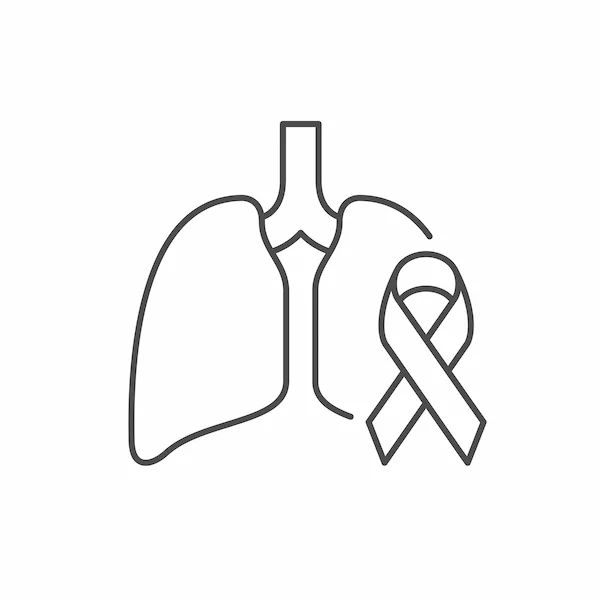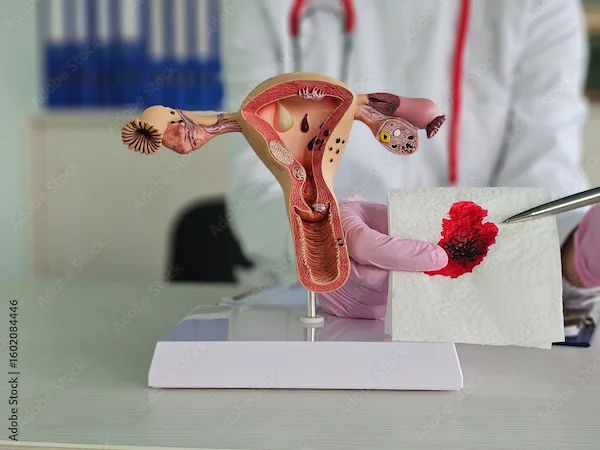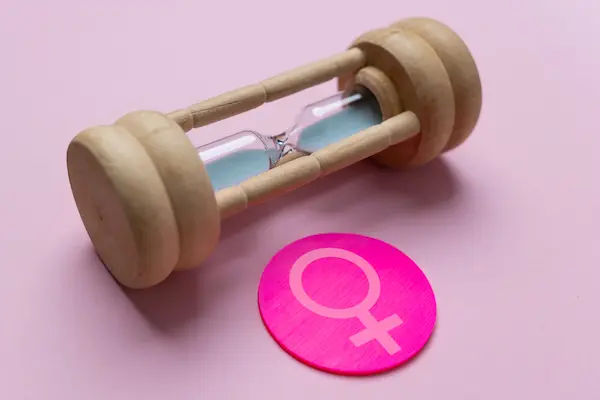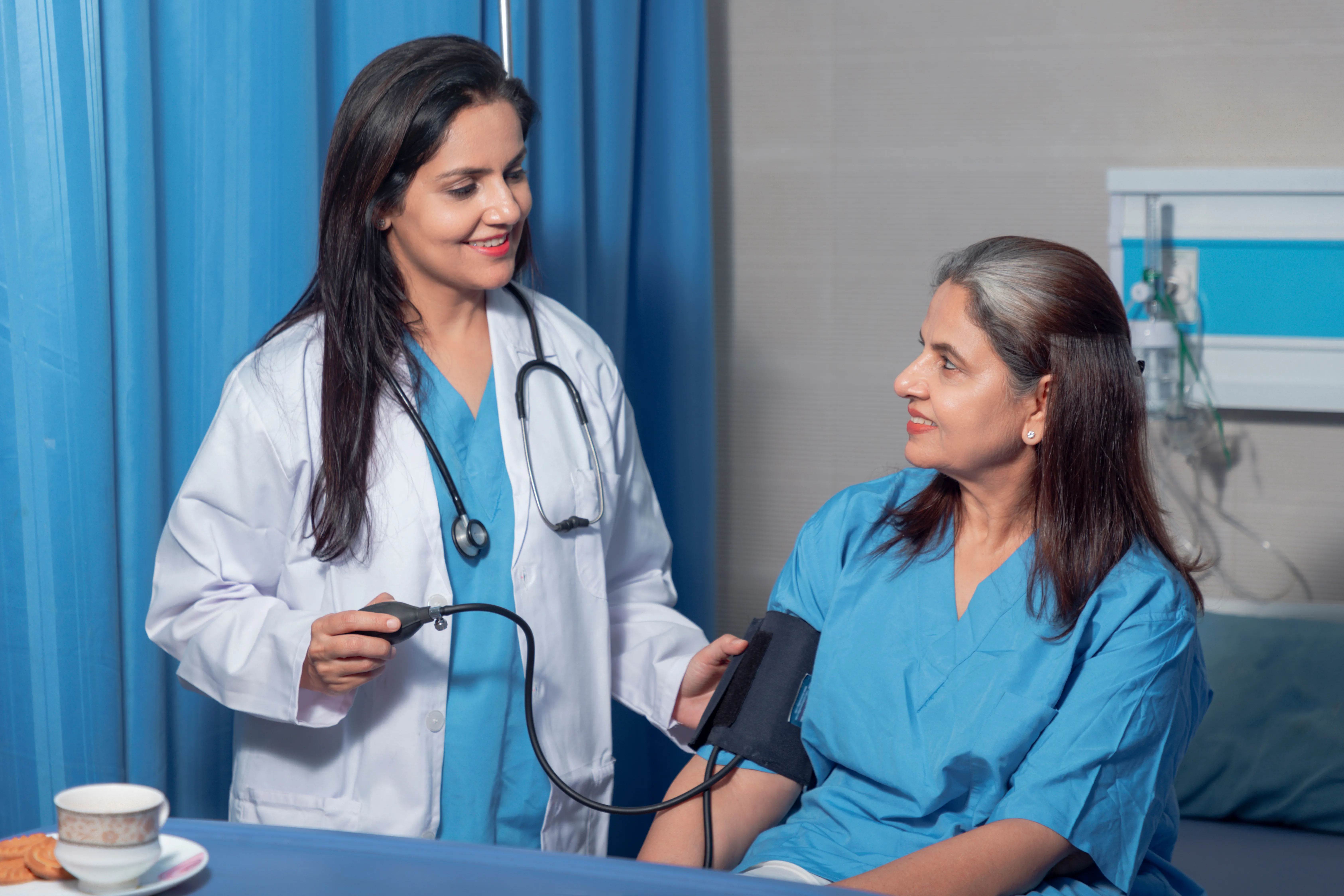Living Well with Lymphedema: Your Practical Guide to Management and Relief
Discover practical strategies to manage lymphedema effectively. Learn how to reduce swelling, prevent complications, and improve your quality of life with this comprehensive guide.

Written by Dr. Vasanthasree Nair
Reviewed by Dr. Rohinipriyanka Pondugula MBBS
Last updated on 8th Oct, 2025
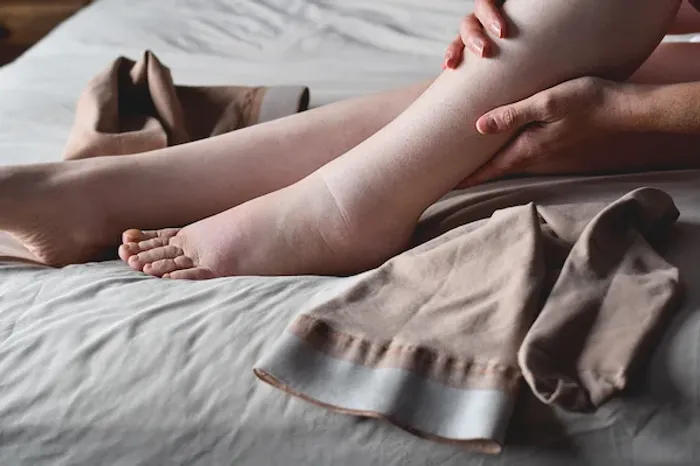
Introduction
Lymphedema—a chronic condition marked by swelling in your arms or legs—can feel overwhelming. It might start as a slight puffiness you notice at the end of the day and can progress to significant swelling, discomfort, and tightness. But here’s the most important thing to know: while there is currently no cure, lymphedema is highly manageable. Learning how to effectively deal with lymphedema is the key to reclaiming your comfort and quality of life. This isn't just about reducing swelling; it's about empowering you with a comprehensive toolkit of strategies, from medical therapies to daily lifestyle adjustments. This guide will walk you through everything you need to know, from understanding the causes to implementing a practical, sustainable management plan that works for you.
What is Lymphedema? Understanding the Root Cause
At its core, lymphedema occurs when your lymphatic system is damaged or compromised. Think of this system as your body's secondary drainage network. It collects a protein-rich fluid (lymph) from your tissues, filters it through lymph nodes, and returns it to your bloodstream. When the vessels or nodes are unable to perform this duty effectively—often due to blockage or malformation—the fluid accumulates, leading to swelling. This is different from typical water retention (oedema) because it involves a buildup of protein, which can lead to tissue hardening (fibrosis) over time if not managed.
Primary vs. Secondary Lymphedema: Knowing the Difference
Understanding the type of lymphedema you have is crucial for management.
Primary Lymphedema: This is a rare, inherited condition caused by the malformation of the lymphatic system itself. Symptoms can appear at birth, during puberty, or later in adulthood (Lymphedema praecox/tarda).
Secondary Lymphedema: This is far more common. It results from damage to the lymphatic system. The most frequent cause is cancer treatment, such as the removal of lymph nodes during surgery or radiation therapy, particularly for breast, prostate, or pelvic cancers. Other causes include severe infections (like cellulitis), trauma, or venous diseases.
Consult a Specialist for the best advice
Recognising the Signs: Early and Advanced Symptoms of Lymphedema
Early detection is your greatest ally. Catching lymphedema in its initial stages makes management significantly easier. Be on the lookout for these signs, especially if you are in a high-risk group:
Early Signs: A feeling of heaviness or aching in a limb, slight puffiness that indents when you press it (pitting oedema), tightness of jewelry or clothing, and decreased flexibility.
Advanced Signs: Significant swelling that doesn't improve with elevation, hardening of the skin (fibrosis), recurring skin infections (cellulitis), and a warty-looking texture on the skin.
If you notice persistent swelling in a limb, especially after cancer surgery, it is essential to consult a healthcare professional. You can consult a specialist online with Apollo24|7 for an initial assessment and guidance on the next steps.
The Gold Standard of Care: Complete Decongestive Therapy (CDT)
The most effective way to deal with lymphedema is through a structured program called complete decongestive therapy (CDT). Conducted by a certified lymphedema therapist, CDT is a two-phase approach designed to aggressively reduce swelling and then maintain the results.
Phase 1: Intensive Decongestion
This initial, therapist-led phase focuses on moving the stagnant fluid out of the affected limb.
Manual Lymphatic Drainage (MLD): A Gentle Massage Technique
MLD is a specialised, very gentle massage that stimulates the flow of lymph fluid toward healthy lymph nodes, where it can be drained. It is not a traditional deep-tissue massage; the strokes are light, rhythmic, and specific. A therapist will teach you simplified techniques for self-massage, which is a powerful tool for managing lymphatic swelling at home.
Multilayer Compression Bandaging
After MLD, the limb is wrapped with multiple layers of low-stretch bandages. This creates a rigid casing that prevents the fluid from flowing back in, allowing the muscles to work more effectively against the resistance to pump the lymph out during movement. This is typically more intensive than simply wearing a compression sleeve.
Phase 2: Maintenance and Self-Management
Once the swelling is reduced, the focus shifts to you maintaining the new size and condition of your limb long-term.
Choosing and Wearing Compression Garments
This is the cornerstone of maintenance. You will be fitted for a custom compression sleeve or stocking that you wear during the day. These garments provide graduated pressure—tightest at the extremity and looser further up—to assist the lymphatic flow. Consistent wear is non-negotiable for preventing fluid buildup.
The Role of Specialised Exercise and Movement
Contrary to old beliefs, exercise is beneficial for lymphedema. Specific, gentle exercises like walking, swimming, or yoga, performed while wearing your compression garment, act as a pump. Muscle contractions help move the lymph fluid. A therapist can design a safe exercise program for lymphedema that avoids straining the affected limb.
Your Daily Action Plan: Lifestyle Strategies to Manage Lymphedema
Beyond formal therapy, your daily habits play a massive role in your success.
Skin and Nail Care is Non-Negotiable
Because lymphedema increases the risk of infection, even a small cut can lead to serious complications like cellulitis. Proper skin and nail care is essential to prevent infections and protect against complications:
Moisturise Daily: Keep skin supple to prevent cracks.
Protect from Cuts: Use an electric razor instead of a blade, wear gloves for gardening and washing dishes.
Treat Cuts Immediately: Clean with soap and water and apply an antibiotic ointment.
Diet and Hydration for Lymphatic Health
While no specific "lymphedema diet" exists, a healthy lifestyle supports your system.
Stay Hydrated: Drinking plenty of water helps flush your system and keeps lymph fluid from becoming thick.
Maintain a Healthy Weight: Excess weight puts additional strain on your lymphatic system. A balanced, anti-inflammatory diet rich in fruits, vegetables, and lean proteins is ideal.
Reduce Sodium: High salt intake can contribute to fluid retention.
What to Avoid: Key Precautions for Lymphedema
Protecting the affected limb is critical. Avoid:
Blood Pressure Cuffs: Always insist that blood pressure is taken on the unaffected arm.
Injections or Blood Draws: Similarly, avoid these procedures on the at-risk limb.
Extreme Temperatures: Avoid ice packs and hot packs directly on the area, as they can affect circulation.
Tight Clothing: Jewelry or clothes with tight elastic can act as a tourniquet.
When to Seek Professional Help
While self-management is key, professional guidance is essential. If your condition does not improve after trying these methods, or if you notice increased redness, warmth, pain, or fever, these could be signs of an infection, and you should book a physical visit to a doctor with Apollo24|7 immediately.
Conclusion
Learning to deal with lymphedema is a journey that requires patience, consistency, and a proactive mindset. It's about integrating these management strategies into your daily life until they become second nature. Remember, you are not just a passive patient; you are the most important member of your care team. By understanding your body, adhering to your therapy plan, and making mindful lifestyle choices, you can significantly reduce swelling, prevent complications, and live a full, active life. Start with one step—perhaps scheduling a consultation with a certified therapist or simply committing to daily moisturising. Every positive action is a move toward greater comfort and control.
Consult a Specialist for the best advice
Consult a Specialist for the best advice

Dr. Anand Ravi
General Physician
2 Years • MBBS
Bengaluru
PRESTIGE SHANTHINIKETAN - SOCIETY CLINIC, Bengaluru

Dr. Vivek D
General Physician
4 Years • MBBS
Bengaluru
PRESTIGE SHANTHINIKETAN - SOCIETY CLINIC, Bengaluru

Dr Syed Mateen Pasha
General Physician
2 Years • MBBS
Bengaluru
PRESTIGE SHANTHINIKETAN - SOCIETY CLINIC, Bengaluru
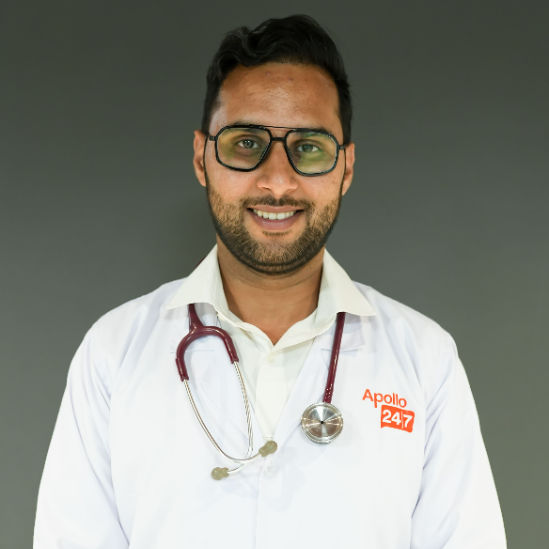
Dr. Syed Ismail Ali
General Practitioner
7 Years • MBBS
Hyderabad
Apollo 24|7 Clinic, Hyderabad

Dr. Harshendra Jaiswal
General Physician/ Internal Medicine Specialist
12 Years • MBBS , MD (General medicine)
Kolkata
108 DHANA DHANVANTARI Clinic, Kolkata
(25+ Patients)
